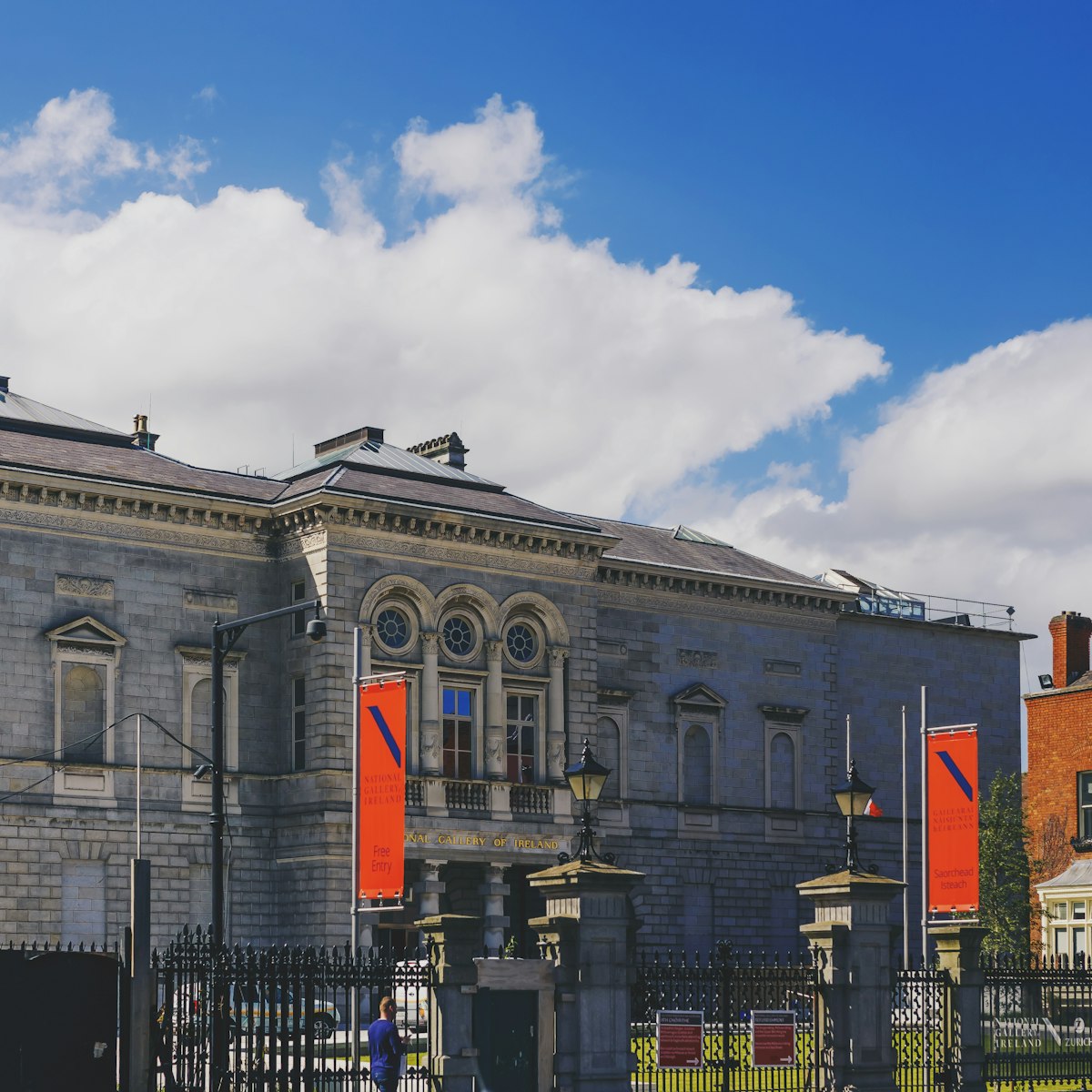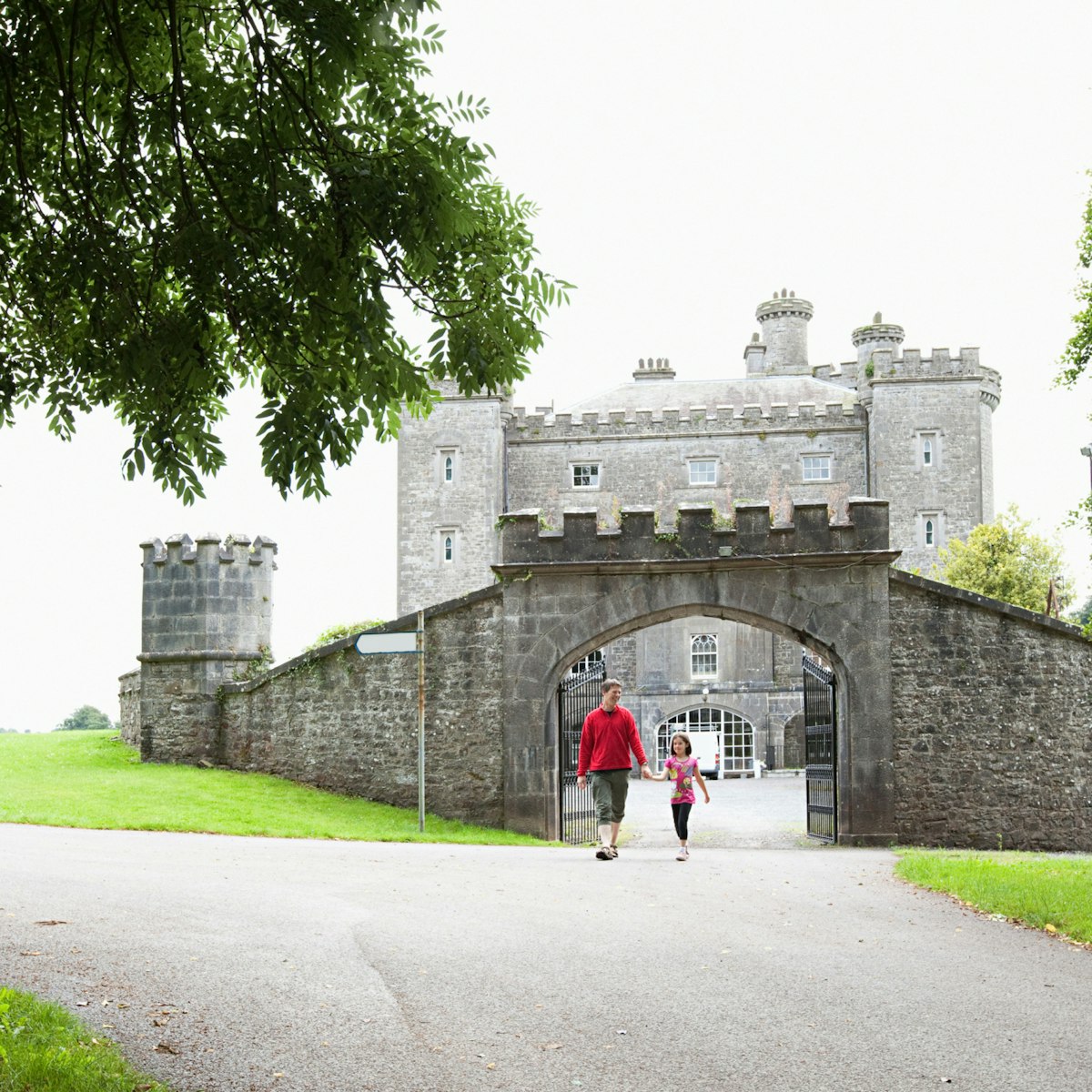Newly opened in September 2019, the Museum of Literature Ireland is a digital, interactive exploration of Ireland's deep literary heritage, from the Middle Ages to the present day. Highlights include Joyce's Ulysses notebooks as well as the very first print of the novel. The museum is in two stunning Georgian townhouses collectively known as Newman House, which in 1865 saw the establishment of the Catholic University of Ireland, the alma mater of Joyce, Pádraig Pearse and Eamon de Valera.
The college was founded as an alternative to the Protestant hegemony of Trinity College, which was then the only option available to those seeking third-level education in Ireland. Newman House is still part of the college, which later decamped to the suburb of Belfield and changed its name to University College Dublin.
The house comprises two exquisitely restored townhouses. No 85, the granite-faced original, was designed by Richard Cassels in 1738 for parliamentarian Hugh Montgomery, who sold it to Richard Chapel Whaley, MP, in 1765. Whaley wanted a grander home, so he commissioned another house next door at No 86.
Aside from Cassels' wonderful design, the highlight of the building is the plasterwork, perhaps the finest in the city. For No 85, the artists were the Italian stuccodores Paolo and Filippo Lafranchini, whose work is best appreciated in the wonderfully detailed Apollo Room on the ground floor. The plasterwork in No 86 was done by Robert West, but it is not quite up to the high standard of next door. When the newly founded, Jesuit-run Catholic University of Ireland took possession of the house in 1865, alterations were made to some of the more graphic plasterwork, supplying the nude figures with 'modesty vests'.
During Whaley's residency, the house developed a certain notoriety, largely due to the activities of his son, Buck, a notorious gambler and hellraiser who once walked all the way to Jerusalem for a bet and somehow connived to have himself elected to parliament at the tender age of 17. During the university's tenure, however, the residents were a far more temperate lot. The Jesuit priest and wonderful poet Gerard Manley Hopkins lived here during his time as professor of classics, from 1884 until his death in 1889. Hopkins' bedroom is preserved as it would have been during his residence, as is the classroom where the young James Joyce studied while obtaining his Bachelor of Arts degree between 1899 and 1902.







